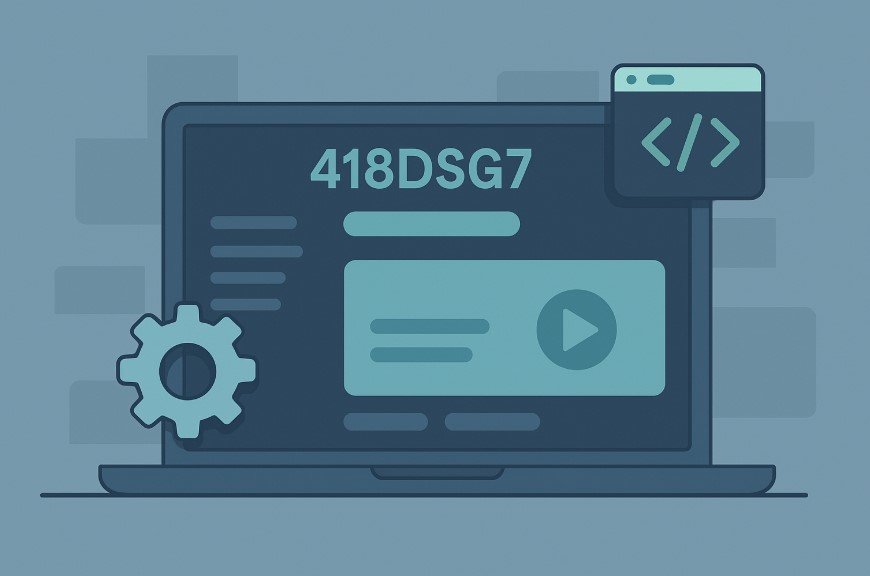After a certain time, businesses will want to migrate their existing or legacy software solutions from outdated technology to more advanced technology. This migration will help businesses in keeping up with the current customer demands and market requirements, and moreover, it will significantly enhance their productivity and ROI as well. But after migrating to new technology, businesses must ensure that the software solution works efficiently on the new platform. For this, they leverage the Software Migration Testing method.
Software migration testing is the process of testing a software application to ensure that it functions properly in a new environment. This testing can be done on both the development and production environments. Migration testing is especially important for businesses that require frequent upgrades, as it enables them to make sure their applications continue to function smoothly
Software migration testing helps businesses:
- Improve productivity by ensuring that their business applications are running smoothly every time.
- Reduce costs associated with upgrading by avoiding any downtime during the process.
- Identify any issues early on before they become major problems with their systems.
This testing and quality assurance process can serve the purpose of determining whether a newly written software program will perform properly in its new environment. The test results are used to identify any areas that need to be repaired before the final release, which can then be approved or rejected by the client.
Why Should Businesses Focus On Software Migration Testing?
Migration testing ensures that the new software is compatible with the old one and doesn’t break what already exists. It is an important part of any software development process because it ensures that there are no compatibility issues between the new and old versions of a product. It also helps to identify any bugs or errors in the new version before they are released to customers.
Software migration testing can be done in two ways: black box or white-box. The first method assumes that you have no knowledge about how the old system works, so you’re not aware of how changes in the new system will affect it. The second method assumes you know how both systems work, so you can predict potential problems with changes being made to either system.
What Are The Different Software Migration Testing Available
Software migration testing is a process of testing the application to see if it’s working properly after the migration.
There are several types of software migration tests:
1) Unit Testing:
This type of testing is done at the unit level and is mainly used to test new code. It also identifies any bugs that the change in code might have introduced. 2) System Testing: This type of testing is done at the system level and determines whether all parts of an application work together as expected when they are deployed together.
2) Functional Testing:
This type of testing determines whether or not a software program meets its functional requirements. It is usually done prior to deployment and involves interacting with a program’s features, such as entering data, opening files, or printing documents.
3) Load Testing:
This type of testing determines how well a system performs under various types and levels of load. It usually involves using tools such as Apache Benchmark, JMeter, Siege and Tsung to simulate different user scenarios that an application might face once it has been deployed in the production environment.
4) Compatibility Testing:
This type of testing ensures that an application will work on any platform or device. Testing an application to ensure its compatibility ensures that the code and functionality are successfully transferred from one environment to another.
There are many software migration testing available, but they vary in their approach. By far, the most popular approaches are:
Manual Testing:
In this approach, testers manually check each line of code and make sure that it is working as expected.
Automated Testing:
Test cases are written for every line of code in the test automation services process, and the tests are executed automatically.
Check out: Top Essential Property Management Software to Boost Your Business
Software Migration Testing Benefits For Business
Software migration testing is the process of testing a software application to determine if it can be migrated from one platform or operating system to another. This process aims to ensure that the software runs as intended and that any incompatibilities are identified early on in the development cycle.
Software migration testing ensures that your new software application performs as expected in your current environment and doesn’t introduce any bugs or errors. Migrating from one system to another can be a complex process, especially if you’re working with an existing system that needs to be integrated with another one in order to make a seamless transition. If you’re planning to migrate your business’ systems or applications, it’s important to have your applications tested thoroughly before making any changes or updates. The testing process ensures that the application you are migrating to will work as expected. It is an important step in a migration project because it allows you to test your application and make sure that it is working as expected on each platform.
The benefits of software migration testing are many. The first benefit is that it helps you confirm that your application runs correctly on each new platform. It also helps you to determine which new features can be implemented without affecting the existing functionality of your application.
The second benefit is that software migration testing can be used to eliminate errors and bugs in your applications before they are released to your customers or clients. This reduces the cost associated with fixing these issues after they have already been discovered.
Another benefit of software migration testing is that it allows you to test new versions of applications for compatibility with previous versions. This ensures that you are not introducing any problems when upgrading from one version to another.
Finally, software migration testing allows developers to check their work against other developers and see if there are any differences between what they thought would happen and what actually does happen when running their program on a different platform or device.
Benefits of Software Migration Testing:
- Testing your application during the migration process ensures it will work after completing the migration. This avoids problems at the end of the project like bugs or crashes.
- Testing can also help you avoid problems with your new software, such as bugs, security, and performance issues.
- Suppose you are doing a complete upgrade and need to migrate all existing data from one system to another. In that case, testing will ensure that everything works well in both systems side by side for comparison purposes.
The main objective of this type of testing is to validate that the new system functions as expected and performs in an identical manner to the original system. Software migration testing can be conducted as part of an overall software development life cycle (SDLC) or as part of an IT project. In addition to determining whether your new application will function properly with your existing systems, software migration testing will also identify any potential problems with your application and help you avoid those issues in the future.
Other benefits of Software Migration Testing
There are many benefits to performing software migration testing:
- It helps reduce the risk of introducing bugs and errors in your system.
- Migration testing is a part of the quality assurance process that ensures that everything is working fine before you go live with it.
- It saves time and money by not wasting time on fixing issues after they have been introduced in your system.
- The migration testing results can be used to develop, maintain and enhance new features and functionality in existing systems.
- Migration testing helps reduce the number of bugs found during the release process, ultimately reducing the cost involved in bug fixing and other related activities.
- Ensure that the software is operating as expected and any new features have been tested.
- Reduce risk by identifying problems early in the software development lifecycle.
- Save time and money by eliminating remediation activities during the testing phases of a project.
- Provide a clear understanding of how the system will function after implementation.
Conclusion
Software migration testing is a process that allows you to test your software in a simulated environment before it is deployed. Similar to the test automation services, the migration testing process is also one of the most important steps in planning and implementing an IT project. Migration testing allows organizations to determine whether their existing applications will function properly when they are migrated to new technology or into a different environment. It allows them to ensure that all changes have been incorporated into all applications and that there are no problems with any code that might be causing errors during the move.
In addition, it provides an opportunity for organisations to discover any problems with their current systems before they begin moving them over to new hardware or software platforms. This can save valuable time and money by preventing costly mistakes from occurring during this critical development phase.
Read more: 7 Reasons why Laravel is the best PHP framework for 2021





